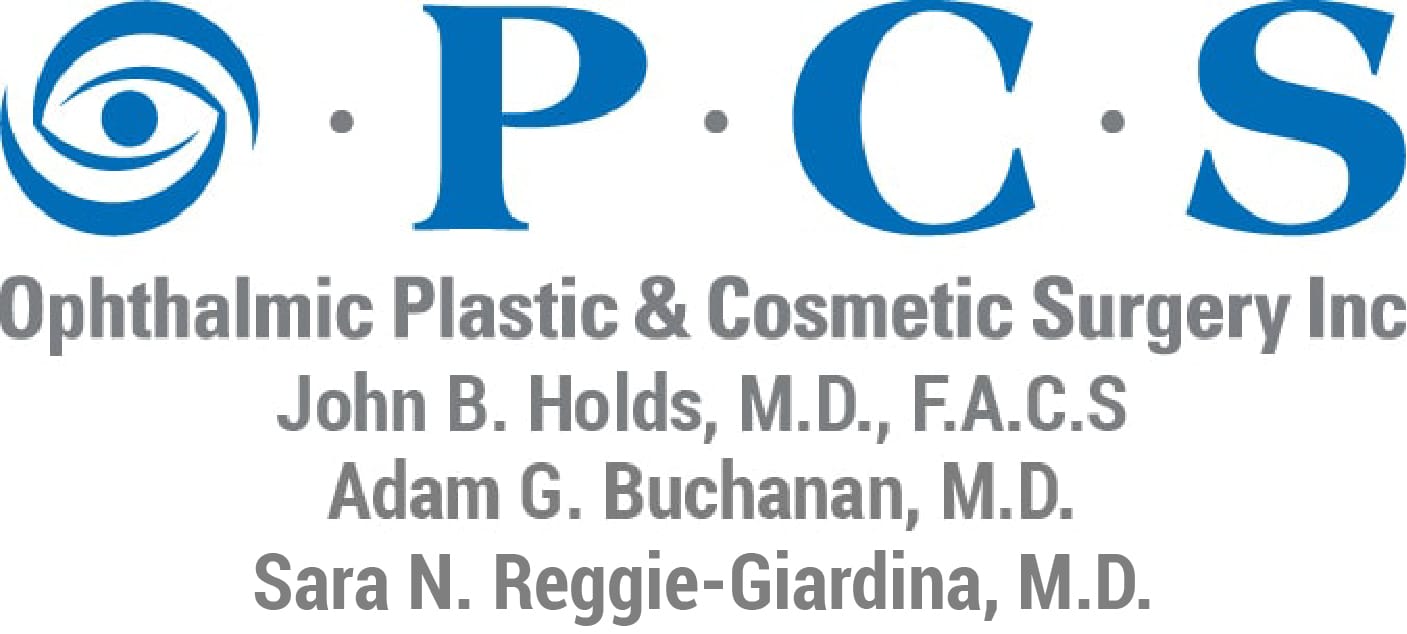There’s Hope for Blepharospasm
- Posted on: Apr 30 2021

Studies have not identified a clear-cut reason for primary blepharospasm but have been able to confirm that certain actions can trigger involuntary closure. These include but are not limited to eye irritation, bright lights, and anxiety. Researchers have discovered that blepharospasm nearly always affects both eyes and that it may involve excessive blinking, persistent eye irritation, and other closure actions that interfere with eyesight. Finally, we know that spasms can sometimes be relieved by distracting actions like humming, singing, or whistling. Looking down or gently lifting a trigger point such as the eyebrow may also help.
Treating Blepharospasm
If you suspect that you may have blepharospasm, schedule a consultation with a board-certified ophthalmologist. In our St. Louis office, our doctors diagnose this condition via a comprehensive consultation and medical history, review of symptoms, and observation of them in action. There is no clinical test that confirms blepharospasm. Symptoms provide the information a specialist needs to make an accurate diagnosis and develop appropriate treatment options.
Our team has been treating blepharospasm for over 20 years. We have treated thousands of patients with blepharospasm and hemifacial spasm. The two treatment options that are available in our office include Botox and myectomy surgery.
Botox is successful in treating 95% of blepharospasm cases. Treatment involves injections administered into the affected muscles. Botox prevents the transmission of the chemicals that direct muscles to contract. The relaxed muscles cannot spasm for 2 to 6 months after the drug takes effect, which usually takes no more than a few days. Possible side effects of Botox for blepharospasm include facial or eyelid droop. If this were to occur, it is only temporary. To maintain the effects of treatment, injections can be repeated as often as every three months.
Myectomy surgery is an outpatient procedure performed by very few surgeons in the U.S. During the procedure, the surgeon removes part of all of the affected muscle or muscles. Additionally, tissue is tightened as needed to prevent a droopy appearance. Patients may experience moderate swelling and bruising for one to two weeks after surgery.
Blepharospasm is distracting and can be detrimental to your quality of life. Call 314-567-3567 to see how we can help you manage this condition.
Posted in: Blepharospasm

